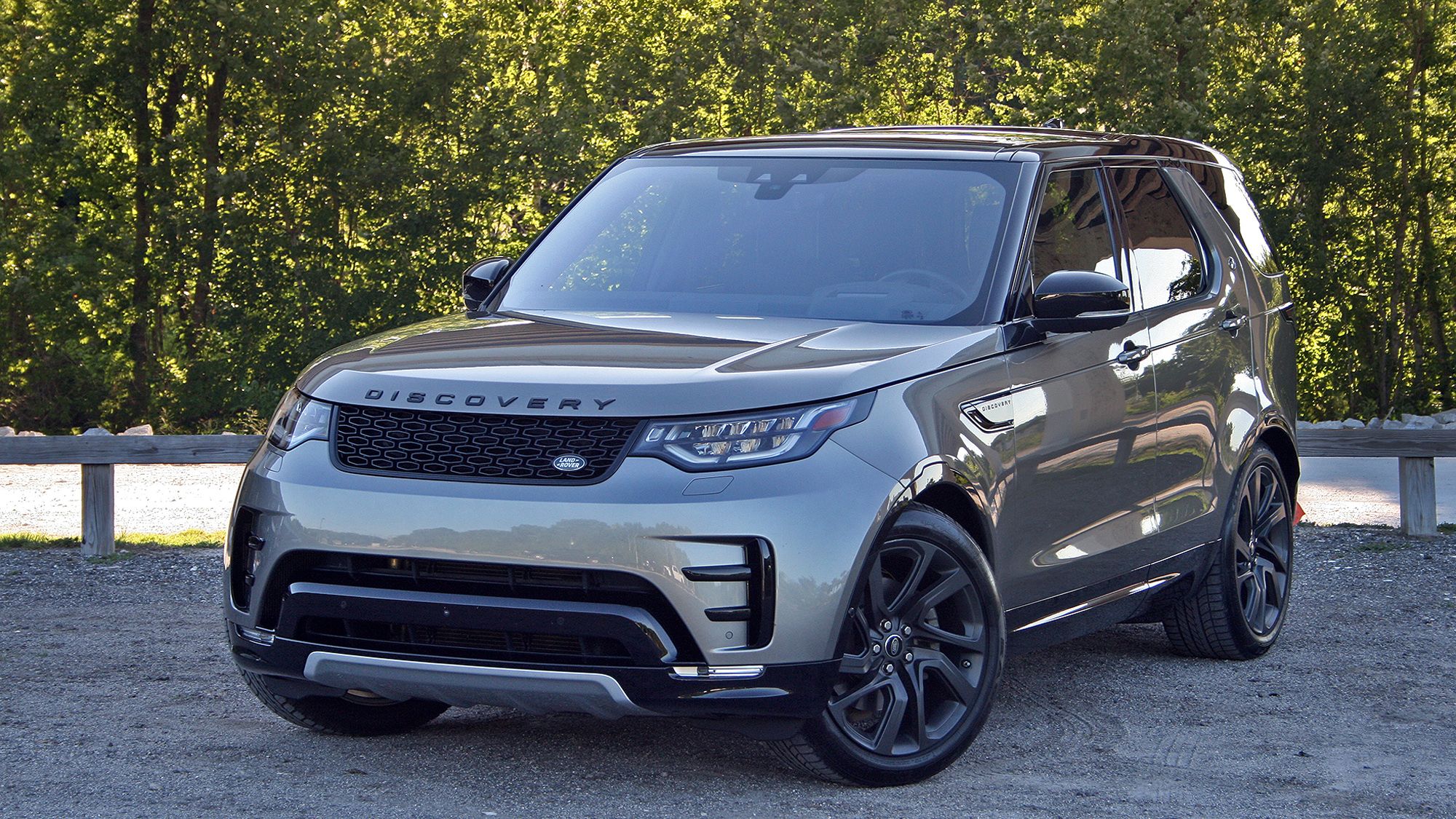JeepColorado
Well-known member

The New Land Rover Defender Will Not Be Like the Old One
And why that’s the best news possible for Land Rover loverswww.outsideonline.com
Great article posted someone posted on another forum.
Sent from my SM-G973F using Tapatalk
Good article overall, certainly makes me see the new Defender in a different light. There's two aspects I disagree with regarding lockers vs traction control.
1st he notes that mechanical lockers are difficult to engage and compares this to the ease of turning a knob to engage traction control. Old school wire mechanical lockers perhaps, but modern lockers whether they be ARB Air Lockers or Electronically-engaged lockers like in the Jeep Rubicon all come on and off at the flip of a switch. I'm not sure you honestly say that turning a knob is objectively easier than flipping a switch or pushing a button.
2nd, while it's true that traction control doesn't affect steering the way engaged lockers do it's not true that they engage the moment traction is lost- there's plenty of videos on youtube of 4Runners and LRs with traction control spinning for several seconds before the system finally recognizes that traction is lost and attempts to figure out which tire needs what degree of power. Another problem is not just that it takes a bit for it to find traction it's that it must lose traction to engage in the first place. Mud, slick rocks etc.. there are several situations that you need to go into with traction first, you don't need to lose it, then try to regain it. The biggest problem with all of this is that while the vehicles struggles to regain momentum it's often lurching as the wheels spin leading to breakage.


